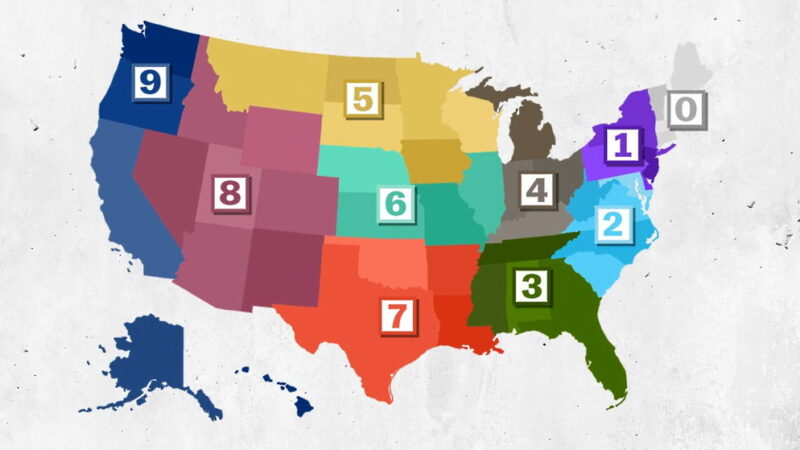Yule is a pagan holiday celebrated on December 21, the day of the winter solstice when night is at its longest and the return of the sun is awaited. In ancient times, this moment symbolized the end of darkness and the start of a new year, filling people with hope for warmth and renewal.
History
Yule is deeply connected to the sun and ancient myths about rebirth and light. On the night of Yule, traditions say the Mother Goddess gives birth to the Sun God, who died at Samhain and returns to life now. According to Icelandic folklore, supernatural beings emerge to witness the Sun God’s rebirth. Among them is the legendary Yule Cat, a fearsome creature that inspects every home. If it finds a house clean, the people in new clothes, and festive food plentiful, it rewards them with gifts. Otherwise, the Yule Cat brings mischief and bad luck. The Yule Cat is famous for its magical powers: it can teleport, freeze water, and is not afraid of fire.
Interesting facts
Symbols and traditions of Yule include:
- The Wish Tree, similar to the modern Christmas tree;
- The Yule log, prepared and decorated 12 days before the holiday;
- The Yule wreath, handmade and usually in red and green, hung above the fireplace or placed on the table.
How to take part
Celebrate Yule by exploring traditions from around the world. Decorate your home with a tree, log, and wreath. Join local events or host your own gathering, prepare festive dishes, and invite loved ones to share in the warmth and magic of the winter solstice.
When is Yule in 2025?
Yule is observed on December 21 each year.
Observations
| Weekday | Month | Day | Year |
| Sunday | December | 21 | 2025 |
| Monday | December | 21 | 2026 |
| Tuesday | December | 21 | 2027 |
| Thursday | December | 21 | 2028 |
| Friday | December | 21 | 2029 |




